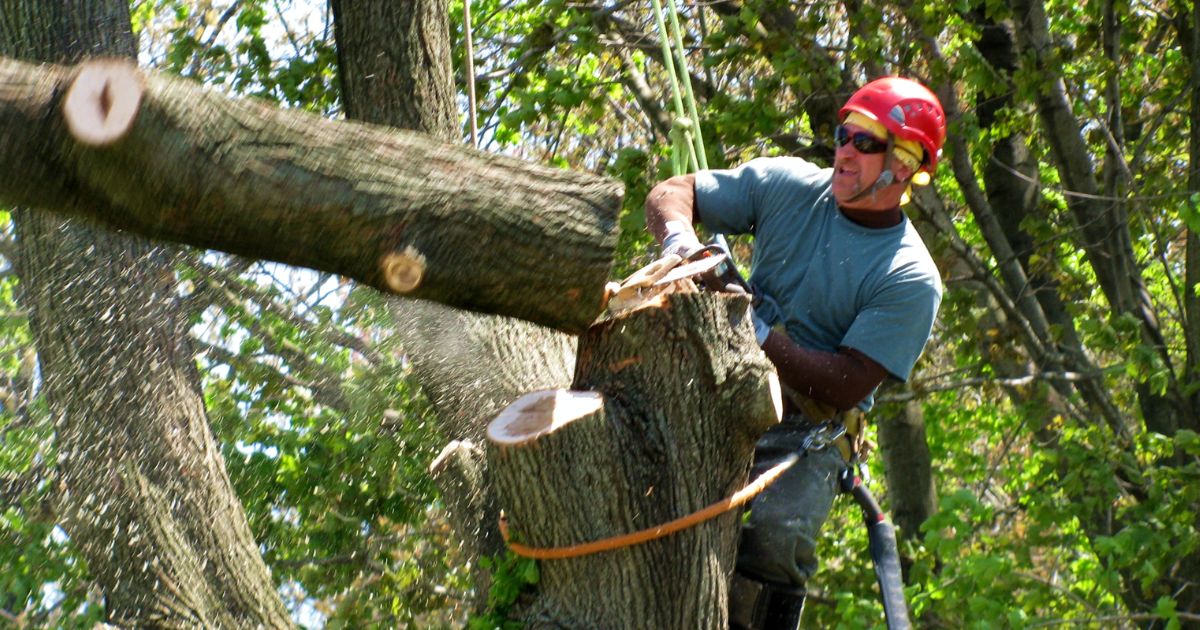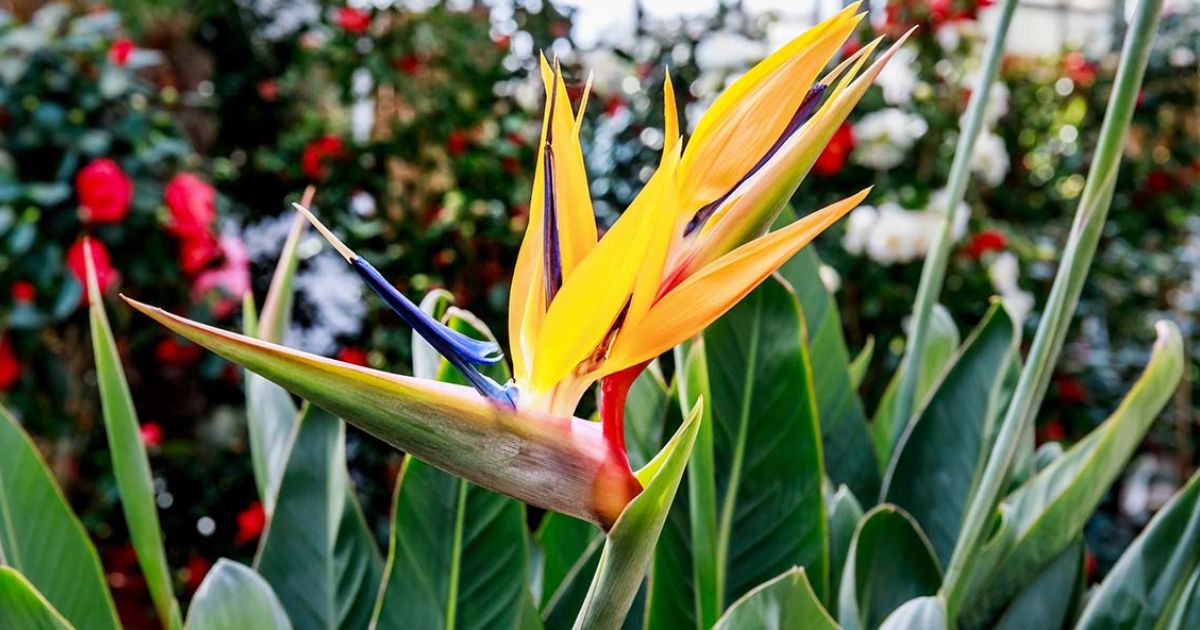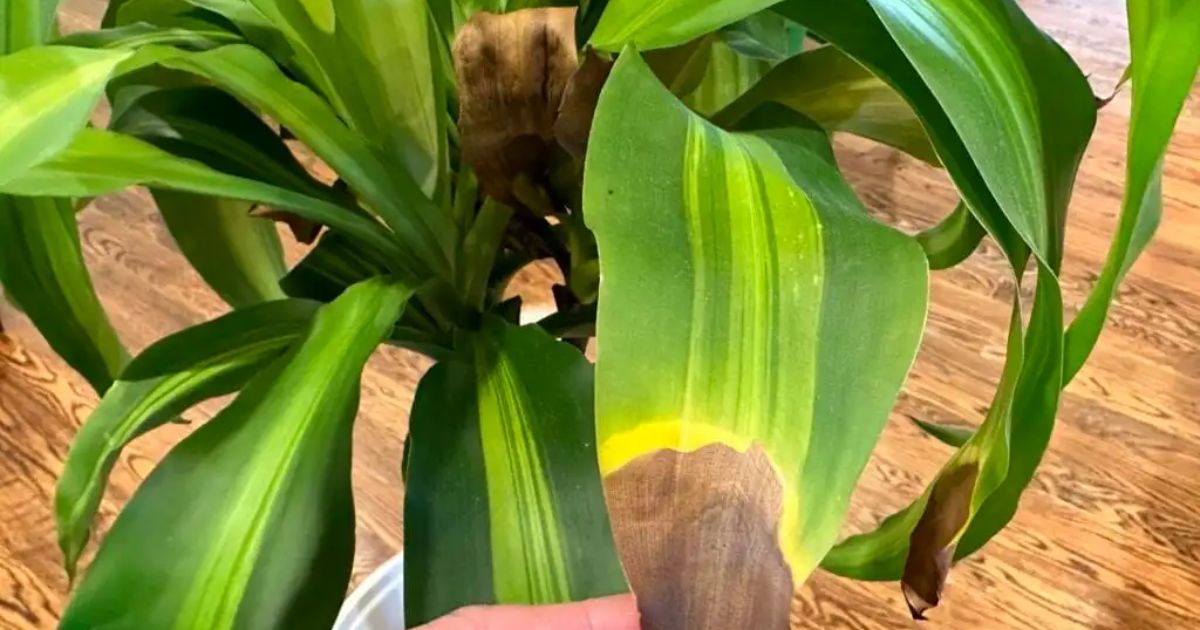Strelitzia reginae is the scientific name for the Bird of Paradise plant. It is one of the most striking tropical plants you can grow at home. With its large banana-like leaves and vibrant orange-and-blue blooms, it adds a touch of the tropics to any space. However, achieving that lush, exotic look requires more than sunlight and water; it starts with the right soil.Soil plays a vital role in the plant’s health, root development, and flowering. The Bird of Paradise prefers soil that drains well yet stays slightly moist, allowing the roots to breathe while retaining the nutrients needed for growth. Poor-quality or compacted soil can lead to waterlogging, yellow leaves, and weak roots.
In this guide, you’ll learn exactly what type of soil for bird of paradise plant needs to thrive. From understanding its natural environment to creating your own nutrient-rich soil mix, you’ll get practical tips to help your plant grow taller, bloom brighter, and stay healthier for years. Whether you’re planting indoors in a pot or outdoors in the garden, choosing the right soil is the first step toward a truly thriving Bird of Paradise.
Understanding Bird of Paradise Soil Needs
To grow a healthy Bird of Paradise, you need to recreate the soil conditions it enjoys in its natural habitat. In the wild, this tropical beauty thrives in loose, rich, and slightly acidic soil that allows rainwater to drain easily. Replicating this balance at home is key to avoiding common problems such as root rot or nutrient deficiencies.

Drainage is the most critical factor. Bird of Paradise soil mix are thick and fleshy, which means they can store water but also rot if the soil stays soggy. Always use a mix that drains well and never lets water pool around the roots. Adding sand, perlite, or pumice can improve drainage effectively. How to Attract Common British Garden Birds to Your Garden Aeration is equally essential. The roots need oxygen to absorb nutrients efficiently. If the soil is compact, airflow is restricted, leading to slow growth and weak stems. A light, airy mix keeps the soil structure loose and encourages healthy root expansion.
Types of Soil Suitable for Bird of Paradise
Choosing the right soil type is essential for keeping your Bird of Paradise potting mix vibrant and healthy. While the plant can adapt to various conditions, it performs best in well-draining, nutrient-rich Best soil for Strelitzia that mimics its tropical environment. You can choose between commercial potting mixes or homemade soil blends; How to Choose Deer Resistant Plants for Every Season both can work wonderfully when balanced correctly.
Commercial potting mix:
Look for a premium indoor or tropical plant mix that contains perlite, peat moss, and composted bark. These ingredients provide the right balance between moisture retention and drainage. Avoid heavy garden soil or clay-based mixes, as they tend to hold too much water and compact over time.
Homemade soil mix:
This mixture ensures proper airflow, moisture, and nutrients for robust root development.
Outdoor planting:
If growing outdoors, enrich your garden bed with compost and sand to loosen dense soil. Raised beds or well-draining spots are ideal.With the right mix, your Bird of Paradise will enjoy strong roots, glossy leaves, and spectacular blooms year after year.
How to Prepare the Perfect Soil Mix
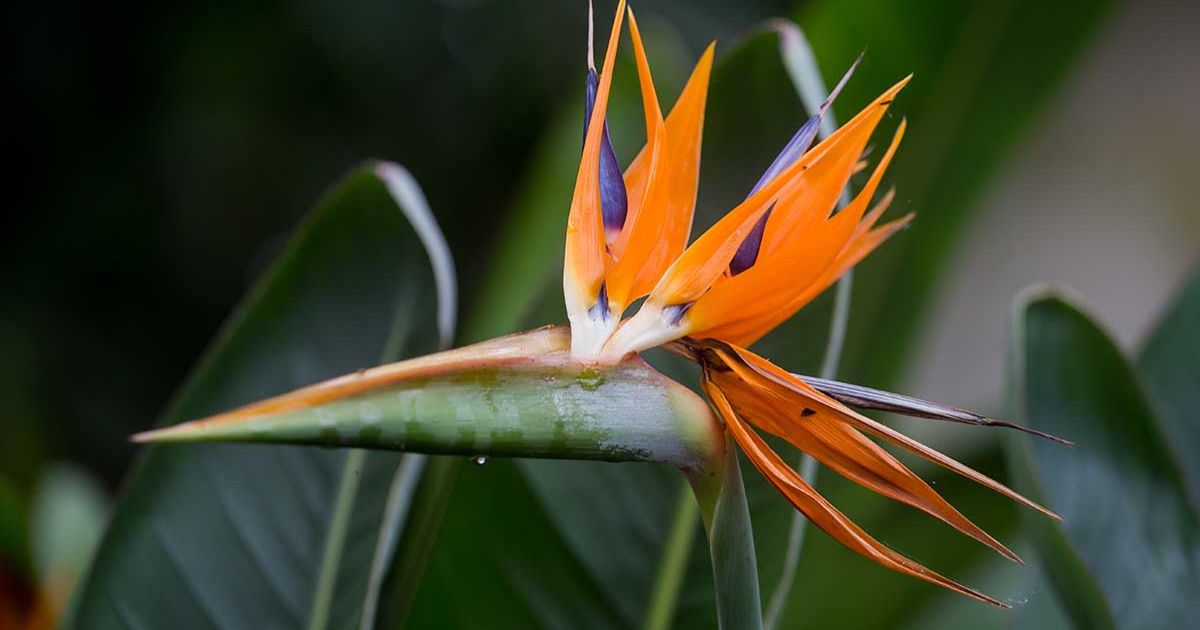
Creating the perfect soil mix for your Bird of Paradise plant ensures it gets the ideal balance of moisture, nutrients, and airflow for healthy growth. You don’t need anything fancy, just a few basic ingredients that mimic the plant’s natural tropical environment.Start with one part peat moss or coco coir as the base. This ingredient retains moisture without making the soil soggy and keeps it slightly acidic, which the Bird of Paradise loves. Next, add 1 part perlite or coarse sand to improve drainage and aeration, helping prevent root rot. Finally, mix in one part rich organic compost or well-rotted manure for nutrients that promote lush leaf and flower growth.
Combine all ingredients thoroughly and moisten the mix slightly before potting. To make it easier for extra water to drain while planting, pick a pot with drainage holes. How to Use Vermiculite for Seed Starting, Soil Aeration & More Add a layer of tiny stones or broken pieces on the bottom. Or broken pottery for added drainage support.If you’re repotting, gently remove old soil from the roots and replace it with the fresh mix. This helps rejuvenate the plant and encourages new growth. With this soil blend, your Bird of Paradise will thrive, producing strong stems and brilliant, long-lasting blooms.
Common Soil Problems and How to Fix Them
Even with the best care, Bird of Paradise plant care can develop soil-related issues that affect their growth and appearance. Recognizing these problems early and addressing them promptly is essential to keeping your plant healthy and vibrant.One of the most common issues is waterlogging, which can cause root rot. When the soil holds too much water, this happens. Or the pot has insufficient drainage. To mend the plant, remove it from its pot and trim it. Any mushy or blackened roots, and repot it in a fresh, well-draining soil mix with perlite or sand.
Another common problem is compacted soil. The Best Types of Flowers for Every Garden Style and Climate Over time, soil can become dense and lose its ability to allow airflow. This suffocates the roots and slows growth. To solve this, gently loosen the soil surface occasionally and consider repotting every 1–2 years to refresh the mix.Nutrient deficiencies can also occur, often showing as yellow leaves or weak stems. Use a balanced, slow-release fertilizer or add organic compost to replenish lost nutrients.Lastly, watch for salt buildup from over-fertilizing, which can harm roots. Flush the soil with clean water every few months to wash away excess minerals. Healthy soil means a strong, thriving Bird of Paradise.
Maintaining Healthy Soil for Long-Term Plant Health
Keeping your Bird of Paradise soil healthy over time is just as important as choosing the right mix. Even the best soil can lose nutrients, compact, or become unbalanced if not correctly maintained. Regular care ensures the plant continues to grow strong and vibrant, ready to bloom year after year.Start by fertilizing regularly during the growing season (spring through early fall). Use a balanced, water-soluble fertilizer every 2–4 weeks, or a slow-release type every few months. Tropical plant soil This helps replenish essential nutrients, nitrogen, phosphorus, How to Use Coffee Grounds for Plants: A Gardener’s Guide and potassium that the plant uses for leaf and flower development.
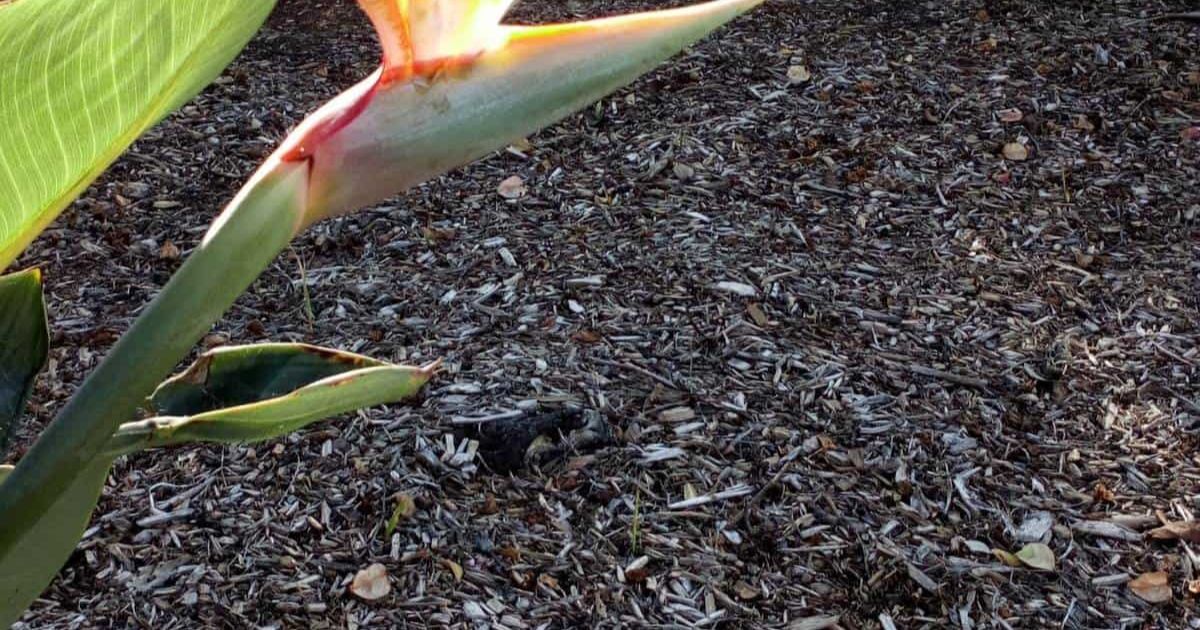
Next, focus on watering habits. Bird of Paradise plants prefer consistently moist but not soggy soil. Always check the top two inches of soil before watering. If it feels dry, it’s time to water. You can also refresh the top layer of soil every few months by removing about an inch and replacing it with fresh compost or organic matter. What Is Perlite? Everything You Need to Know for Gardening & More This adds nutrients and improves aeration.Finally, repot your plant every 2–3 years to prevent compaction and maintain drainage. With consistent care, your soil will stay rich, breathable, and perfect for healthy growth.
Conclusion
The Bird of Paradise is one of the most stunning and rewarding tropical plants you can grow, but its beauty truly begins beneath the surface in the soil. Choosing the right soil mix and properly maintaining it ensures your plant develops strong roots, lush foliage, and those iconic, bird-like blooms that make it a centerpiece in any space.A well-balanced soil that offers excellent drainage, good aeration, and rich organic nutrients is the foundation of a thriving Bird of Paradise. Whether you’re using a high-quality potting mix or creating your own blend with peat moss, perlite, and compost, what matters most is keeping the soil light, breathable, and slightly moist.
Regular maintenance, such as refreshing the topsoil, fertilizing during the growing season, and repotting every few years, will keep the soil environment healthy and nutrient-rich. Steer clear of common mistakes like overwatering or applying heavy, compacted soil, as they can lead to root rot and stunted growth.By paying attention to the soil’s structure and condition, you’ll give your Bird of Paradise the perfect base to flourish. Well-draining soil for Bird of Paradise With the proper foundation, this tropical beauty will provide you with years of gorgeous flowers and vibrant, lush greenery.
FAQ
Can Bird of Paradise grow in regular garden soil?
While Bird of Paradise can survive in garden soil, it won’t thrive unless the soil is well-draining and rich in organic matter. Heavy clay or compacted soil holds too much water, leading to root rot. If you’re planting it outdoors, mix in compost. Add gritty sand to enhance aeration and drainage.
How often should I change or refresh the soil?
For potted Bird of Paradise plants, it’s best to repot every 2–3 years or when the roots outgrow the container. Between repotting, replace the top 1–2 inches of soil every few months to keep nutrients balanced.
Can I use cactus or succulent soil mix?
Cactus soil can be used if you mix in compost or peat moss. On its own, it drains too quickly, but with organic matter added, it creates an excellent blend for Bird of Paradise plants.


